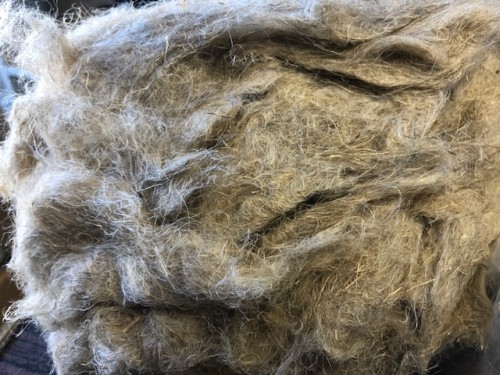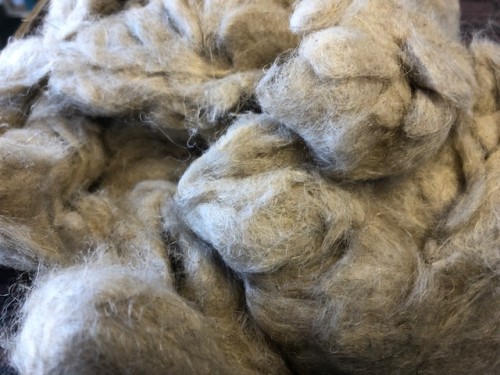Flax fibre is amongst the world’s oldest natural fibre crops.
All Textile Flax fibre is sold in accordance with samples provided against specific orders.
Long flax
Short flax
Flax Tows
There is non-standardized grading system, as it is an annual crop, and fibre quality can vary due to the variations in the weather conditions during the growing season.
Sales are normally affected on the basis of samples delivered from each annual crop.
There are, however, accepted "high", "medium" and "low" quality parameters, which are widely used in the industry.

The use of textile flax for heavier quality products purposes, such as canvas and toweling, has declined in recent years and its main use today is for finer textile fabric yarns (including blending with wool, silk and cotton as well as synthetic fibre).
Lower grades are also used in the paper industry (largely for cigarette tissue manufacture) and, in a chopped form, in the automobile industry and for insulation purposes.
Some higher specification textile flax qualities are used in the production of bank note paper.
Flax is an annual crop, which when fully grown reaches a height of 50 to 100cms. When it approaches maturity (after 70 to 100 days depending upon weather conditions), blue (vulgare) or white (album) flowers are produced depending on the variety.
Generally speaking the blue flowered variety produces fine, good quality fibre, whereas the white-flower plant produces stronger but coarser fibre.

The strands of flax fibre are embedded longitudinally in the stalk of the plant, between the outer epidermis and the central woody tissue. The fibre, which is very high in cellulose, is extracted first by "retting" (rotting either by water or dew) and then by "scutching" the stalks.
The characteristics of the fibre are great strength, fineness and durability. The fibre is stronger than cotton and also strongest when wet, rather than when dry.
Following the process of retting, the straw is dried and then scutched, a process which by mechanical means breaks down the pith, or "boon", and removes it as completely as possible from the fibre.
Flax is grown in wide areas of temperate and sub-tropical regions of both hemispheres. Flax fibre is obtained from the stems of the LINUM USITATISSIMUM plant, belonging to the LINACÆ family.
The use of flax for weaving into "linen" cloth dates back to the Egyptian dynasties over four thousand years ago and from the latter part of the Middle Ages it became the most commonly used textile material in Europe. It was not until the early part of the nineteenth century that cotton began to challenge this premier position. Russian flax was used for marine ropes in the British Navy until it was superseded by the use of Abaca Fibre.
Today flax production for commercial textile purposes (it is also grown widely for its oil-yielding seed, especially in North America, India and China) is primarily in France, Belgium, the Netherlands, Spain, Belo-Rus, Ukraine, Egypt and China.
We use cookies to give you the best online experience.
